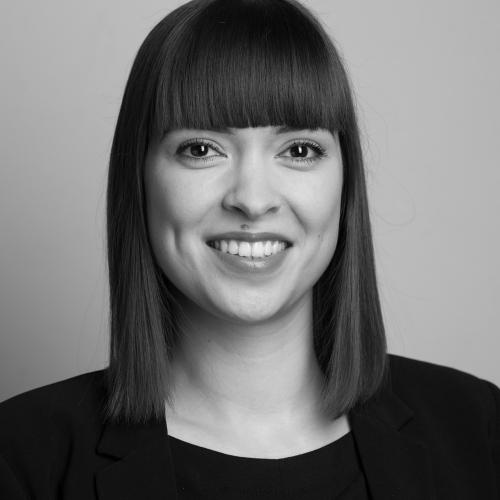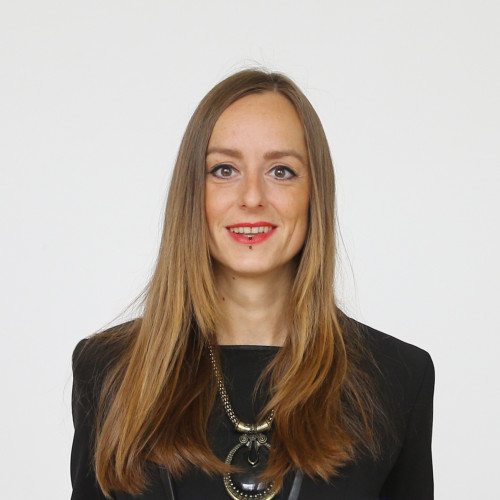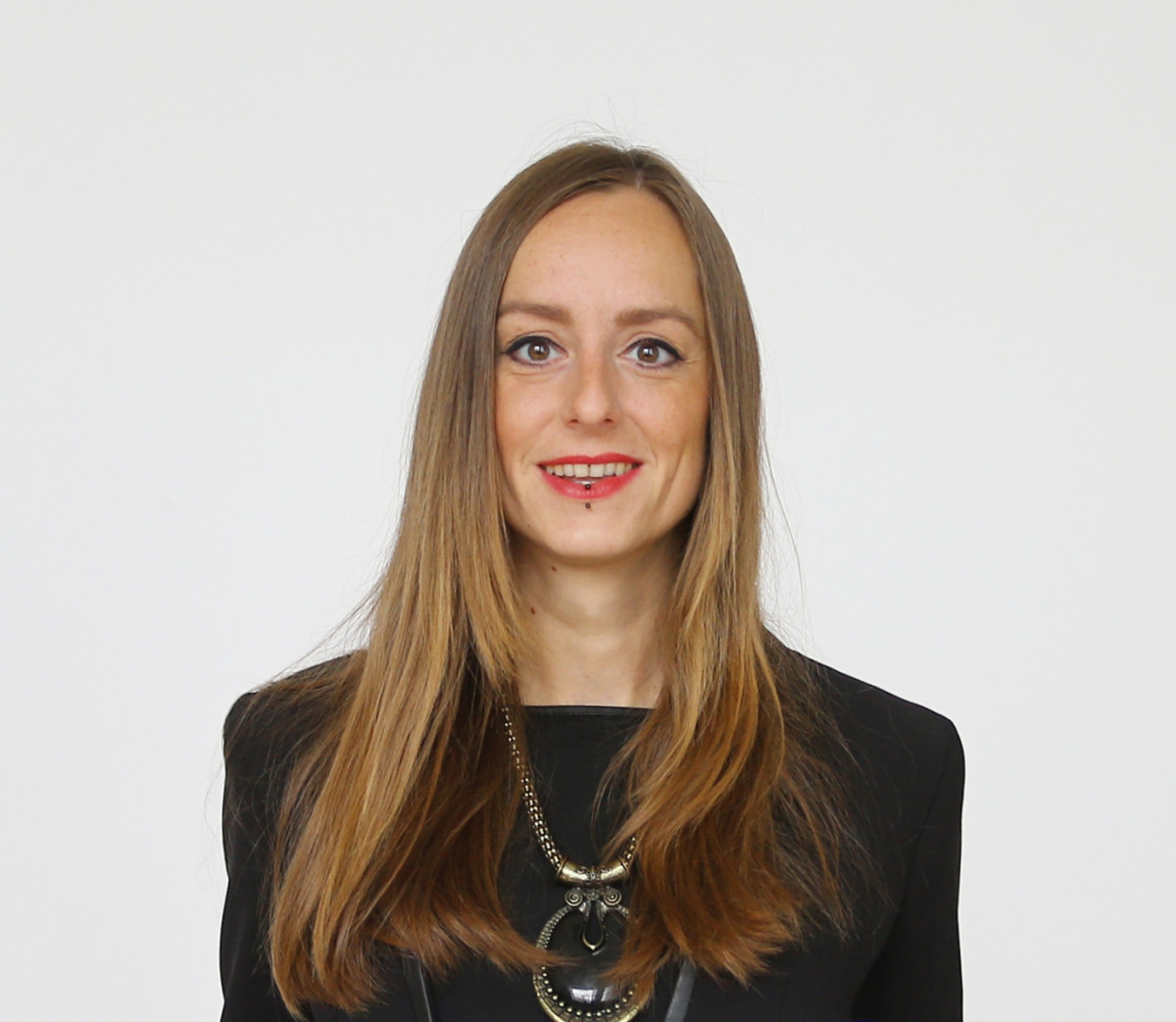Three questions to Simona Drevenšek, CLEW ambassador for Central and Eastern Europe
Simona, what is the most important energy topic or debate in Slovenia right now?
The current, big topics in Slovenia right now are stories that have dominated the public debate for some time: why we have invested 1.4 billion euros in the 6th tower of the thermal power plant TEŠ. The investment was projected to cost up to 600 million euros, but rose to over a billion. The ongoing investigation has come to nothing. The public is now worried that the fisaco from TEŠ 6 might repeat in another large infrastructure project - Slovenia's second railway that is currently being planned.
Renewable energy sources are also a big topic. Slovenia gets one third of its energy from the nuclear power plant Krško, one third from hydro power and one third from other renewable energy sources sources - but we only have two wind mills, as bird watchers are opposing installing any new wind turbines anywhere. Due to the age of our only nuclear power plant, the construction of a new, second plant block is being considered. The decision on the second block of the nuclear power plant is approaching, which will be a big test for the government. The ministry will first prepare a national energy and climate plan, which must be adopted by the end of the year.
Building more hydropower plants along the rivers Sava and Mura is also being discussed - but the latter in particular has a very delicate eco habitat and there’s strong opposition against this proposal.
A further big, ongoing story revolves around natural gas. The British firm Ascent Resources is heavily lobbying to extract gas from the Petišovci gas field via fracking. It is estimated that there are only six billion cubic metres of gas, which would supply Slovenia for six years if we consume one billion cubic metres annually. The former environmental minister Jure Leben put a stop to it, but had to resign amidst some unrelated scandals - which means the possibility of fracking is back on the table.
How do you view your role as CLEW Ambassador?
It’s important to meet people and learn what other countries are doing in the fields of energy and climate change. And it is important to shed a light on what’s happening in Slovenia. Since I have been covering these issues here for over 16 years, and have worked abroad as well, I have made a good amount of contacts to help other journalists interested in the topic to get in touch with relevant experts for comments etc.
What is your advice for local journalists starting out with covering the energy transition – and what guidance would you give an international journalist doing an energy transition story on Slovenia?
It’s good to know the background. Energy issues can be quite messy with a lot of agendas (also international) playing out in the shadows. So it’s important to know that Slovenes are well-informed and aware when it comes to green consciousness – we recycle a lot and fervently. However, there’s still work to be done to achieve the EU’s goals on the macro level. And unfortunately, we still do not have a climate agenda – some cities have their own agenda, as do local communities, but on the national level there’s still a battle.
One of the most important tasks of the government in the field of energy is the adoption of the Energy Concept of Slovenia, which is also a commitment of the coalition agreement. Efforts will be made to further increase the subsidy scheme and penetrate dispersed production sources. However, in mid July it became clear that the adoption of the Energy Concept of Slovenia, which has been in the making for several years now, is delayed again. Although Minister of Infrastructure Alenka Bratušek wanted to prepare it by the end of the year, it is now clear that this will likely not materialise.
If you are an international journalist doing a story that involves research on energy transition and climate policy in Slovenia, you can reach out to Simona Drevenšek as a first contact point. Beyond that, our other CLEW Journalism Network members in Slovenia and the wider region might be able to help you out, or be interested to collaborate on an energy transition story with you.
If you are a Slovenia-based journalist with an idea for a project on-the-ground, Simona is there to take your suggestion to us at CLEW.
Should you be looking for expertise in other countries – go and have a look at the CLEW Journalism Network map!



